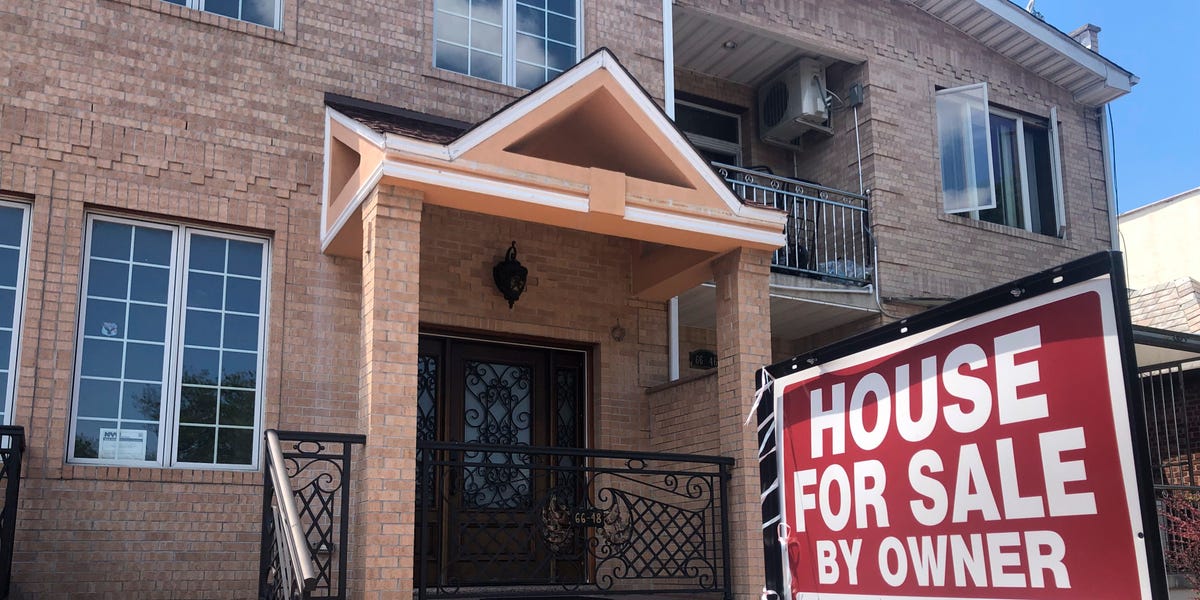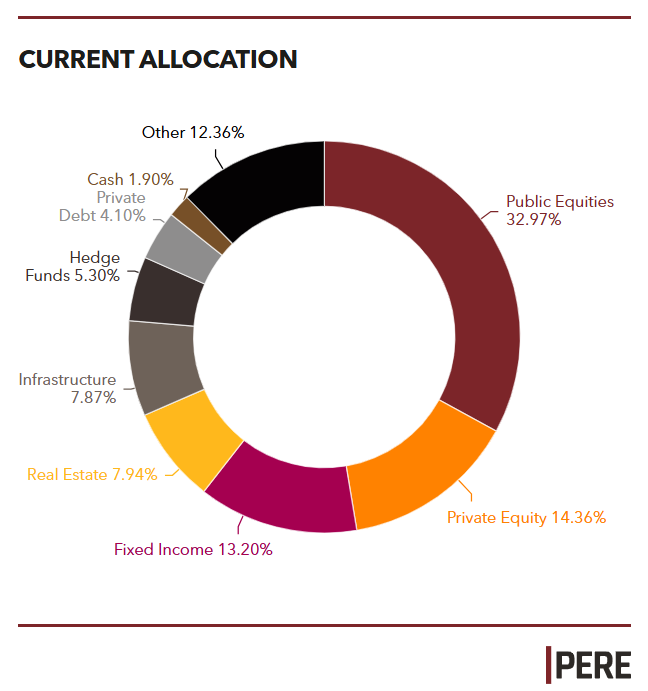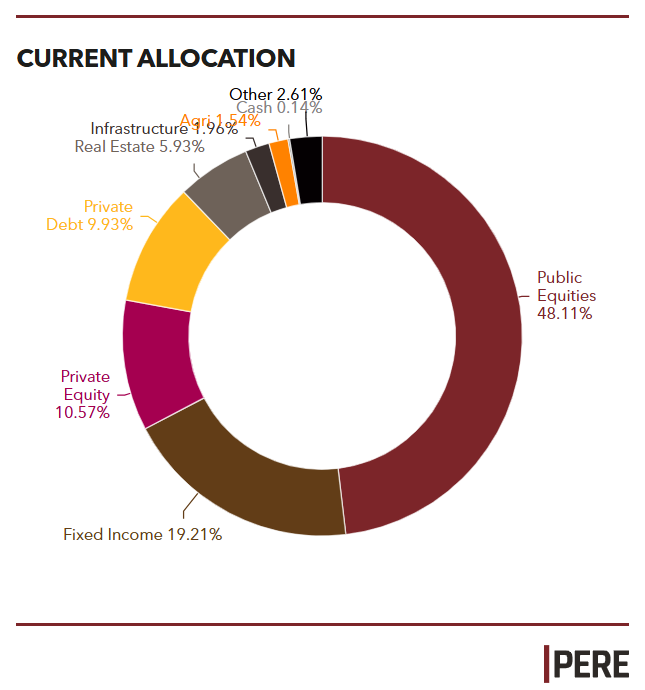$885K Home Hides Disturbing Bathroom Surprise
However, I don't see a subheading provided. Please share the text you'd like me to rewrite.
Seller confidence remains strong despite rising risk of financial loss
Many sellers overestimate their home's sale price in shifting market conditions, survey finds.
Hervey Bay's Top Agent: Amanda Carter Revolutionizes Client Experience and Community Impact
Amanda Carter: Experienced Hervey Bay Real Estate Agent with a reputation for skills and commitment.
Lehigh Valley commercial real estate driven by logistics and warehousing demand
Logistics and warehousing dominate Lehigh Valley's commercial real estate market, despite rising vacancies and shifting tenant needs.
Top US Cities for Renters: Current Market Favorites
However, I don't see a subheading provided. Please share the original text you'd like me to rewrite, and I'll be happy to assist!
Those Who Threaten to Leave Are Likely Staying Put
Is the real-estate industry's Mamdani backlash a bluff?
AXA IM Appoints Regional Real Estate Heads for North America and Asia
Laurent Jacquemin appointed head of AXA IM alternatives' North America operations.
Blurring Your Home on Google Maps: A Step-by-Step Guide and Expert Advice
Crooks seek new ways to victimize people, warns police officer.
Historic San Jose landmark office spaces hit the market for sale
Historic downtown San Jose building offers upper-floor office spaces for sale.
Condo Complex Files for Bankruptcy Amid HOA Financial Woes
Condo association collapses under massive debt, leaving residents with immediate and painful consequences.
Breaking the gridlock: Assumable loans gain traction
Assumable mortgages offer a missed opportunity in the current market, where buyers and sellers are sidelined.
The Crushing Reality of First-Time Homebuyers in Today's Market
First-time buyers' market share plummets as high prices and rates stall transactions in 2025.
HGTV Cancels Long-Running Reality Series Hosted by Georgia Duo
HGTV cancels 'Married to Real Estate,' a show about a Georgia couple's life and real estate work.
NMPERA boosts real estate fund with $20m extra investment
New Mexico Public Employees Retirement Association commits $20m to Rockwood Capital SMA.
Valley Real Estate Market Offers Unprecedented Opportunities for Both Buyers and Sellers
The Real Estate Market Since 2020: A Wild Ride of Soaring Values and Rising Interest Rates
Compass vs Zillow: The Root of Their Real Estate Rivalry
However, I don't see a subheading provided. Please share the text you'd like me to rewrite, and I'll be happy to assist!
VPIC Board Approves $50m Real Estate Investment
Vermont Pension Investment Commission receives recommendation to invest in Harrison Street-managed fund.
Hyatt Sells $2 Billion Property, Reducing Playa Acquisition Costs
Hyatt to sell Playa Hotels & Resorts real estate portfolio for $2 billion.
Real Estate Tax Payment Deadline at Face Value
Butler County residents in select areas face a deadline to pay real estate taxes at face value.
Hyatt to Sell Playa's Real Estate Assets Under New Agreement
Hyatt Hotels Corporation sells Playa's owned real estate portfolio to Tortuga Resorts.






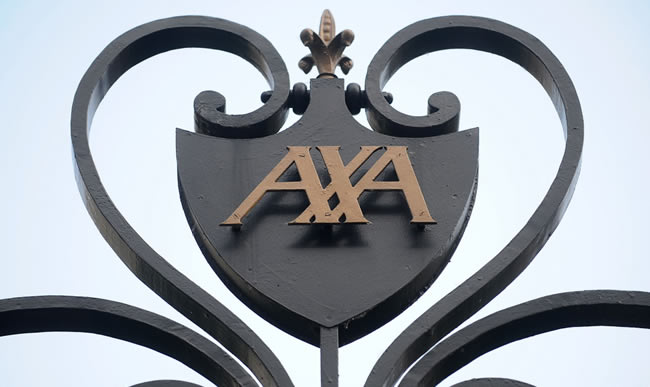

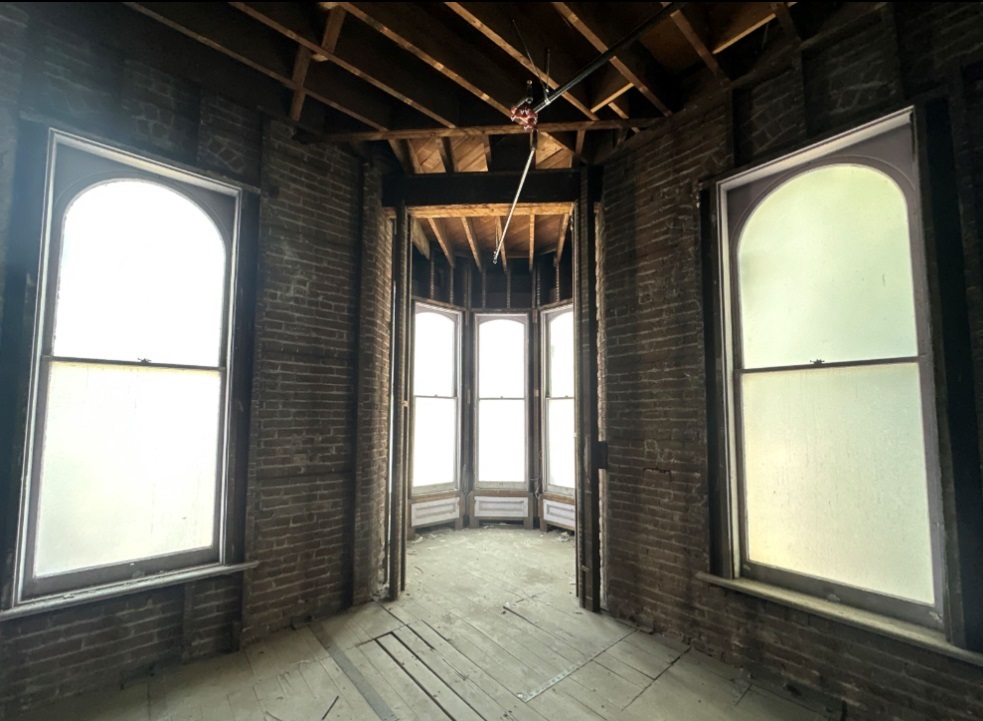
![Condo complex bankruptcy filing amidst HOA financial struggles in [location] city.](https://static.realestate.news/2025/6/30/23848/99861905-0-image-a-74_1751297236533.jpg)

